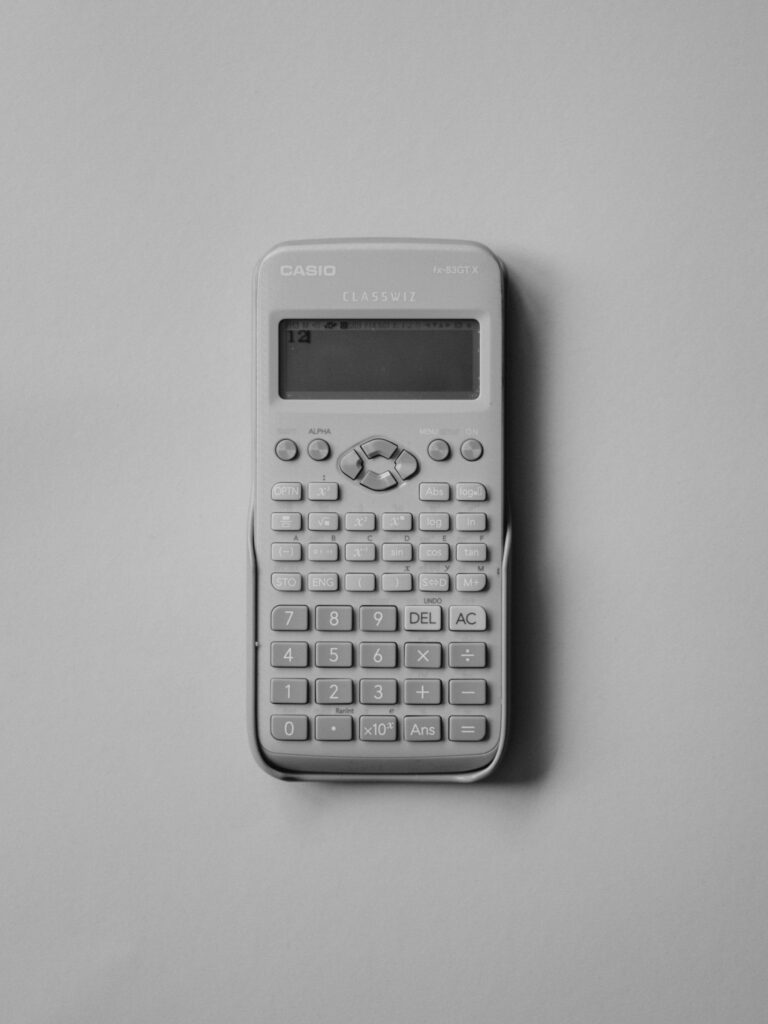By Tim Lambert
In the era after 1948 technology made great leaps forward. There were many improvements in transport after 1948. The breathalyzer was invented in 1954. A Swede named Nils Bohlin developed the three-point seat belt in 1959. The hovercraft was invented in 1955. Jet passenger aircraft were introduced in 1949.

Meanwhile, medicine made great advances after 1948. In 1953 Dr Jonas Salk announced he had a vaccine for poliomyelitis. The first kidney transplant was in 1963. The first heart transplant was performed in 1967. The first artificial heart was installed in 1982. The first heart and lung transplant was performed in 1987.
The laser was invented in 1960. In 1964 it was used in eye surgery for the first time.
Meanwhile, the invention of fiber optics in the 1950s made possible the development of endoscopes in the 1960s.
Contraceptive pills became available in Britain in 1961. Infertility treatment also improved in the late 20th century. The first test-tube baby was born in 1978.
In 1954 the Soviet Union made the first ICBM (intercontinental ballistic missile).
The other development was the atomic bomb. On 6 August 1945, one exploded over Hiroshima. On 9 August another exploded over Nagasaki. Each killed tens of thousands of people. The Soviet Union exploded an atomic bomb in 1949.
In 1952 American scientists invented the much more powerful hydrogen bomb. The USSR exploded a hydrogen bomb in 1954.
During the Vietnam War, the Americans experimented with laser-guided missiles. However, they were not used on a large scale until the Gulf War of 1991.
The first nuclear-powered submarine, the Nautilus was launched in 1955. However peaceful use was also made of nuclear power. The first nuclear power station opened in Russia in 1954. The first one in Britain opened in 1956. Meanwhile, the first atomic clock was built in 1955.
Great progress was made in inventing plastics. PVC was first used in the 1940s. By the 1960s all kinds of household goods from drain pipes to combs were made of plastic. Meanwhile, Velcro was invented in 1948. Tights were invented in 1959 (before then women only wore stockings).
In the home colour television began in Britain in 1967. (At first, only BBC2 was in color but the other two channels BBC1 and ITV followed in 1969). The videotape recorder was invented in 1956 but did not become common in homes until the early 1980s. Meanwhile, digital clocks were invented in 1956. The lava lamp was invented in 1963. The compact disc (CD) was introduced in 1982. Meanwhile, Martin Cooper invented the first handheld cell phone in 1973.
Many new toys were invented after 1948. Mr Potato Head was invented in 1952. The skateboard was invented in 1958. Barbie dolls were invented in 1959 and Action Man went on sale in Britain in 1966. In the early 1970s space hoppers and clackers were popular toys. At the end of the 20th century computer games became very popular.
Among modern toys, the Tamagotchi was invented in 1996 and the Furby went on sale in 1998.
There were also new foods after 1948. Fish fingers went on sale in 1955. Meanwhile, in 1954 Marc Gregoire developed the non-stick frying pan. Fruit-flavored yogurt went on sale in Britain in 1963.
Many new kinds of confectionery were introduced after 1948 such as Polo mints (1948), Bounty (1951), Yorkie and Lion Bar (1976), and Twix (1979). A new kind of biscuit, HobNobs was invented in 1986.
The first steps were taken into space in the 1950s and 1960s. The first artificial satellite Sputnik I was launched in 1957. Telstar, the first communication satellite was launched in 1962. In 1961 Yuri Gagarin became the first man in space. In 1963 Valentina Tereshkova became the first woman in space. In 1969 Neil Armstrong became the first man on the Moon.
The transistor was invented in 1948. However, perhaps the greatest invention of the 20th century was the computer. In the 1930s and 1940s, electronic calculators were built. However, the first computer program was written in 1948. The first commercial computer was sold in 1951. Computer technology proceeded very rapidly and computers rapidly became quicker and much smaller. The microchip was invented in 1959. The first pocket calculator was sold in 1971. The first industrial robot was built in 1962. George Samuel Hurst patented the touch screen in 1975.

The internet was ‘born’ in 1969 when 4 computers were linked. by the beginning of the 21st century, the Internet had become one of the most popular ways to exchange information and ideas.
At the end of the 20th century, genetic engineering became possible. In 1997 Dolly the sheep, the first animal to be successfully cloned was born.